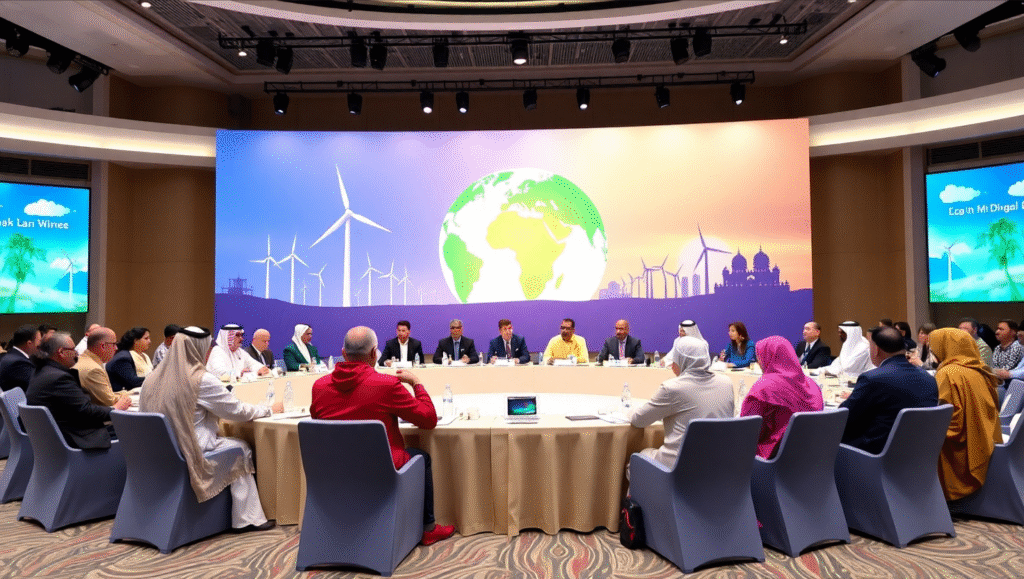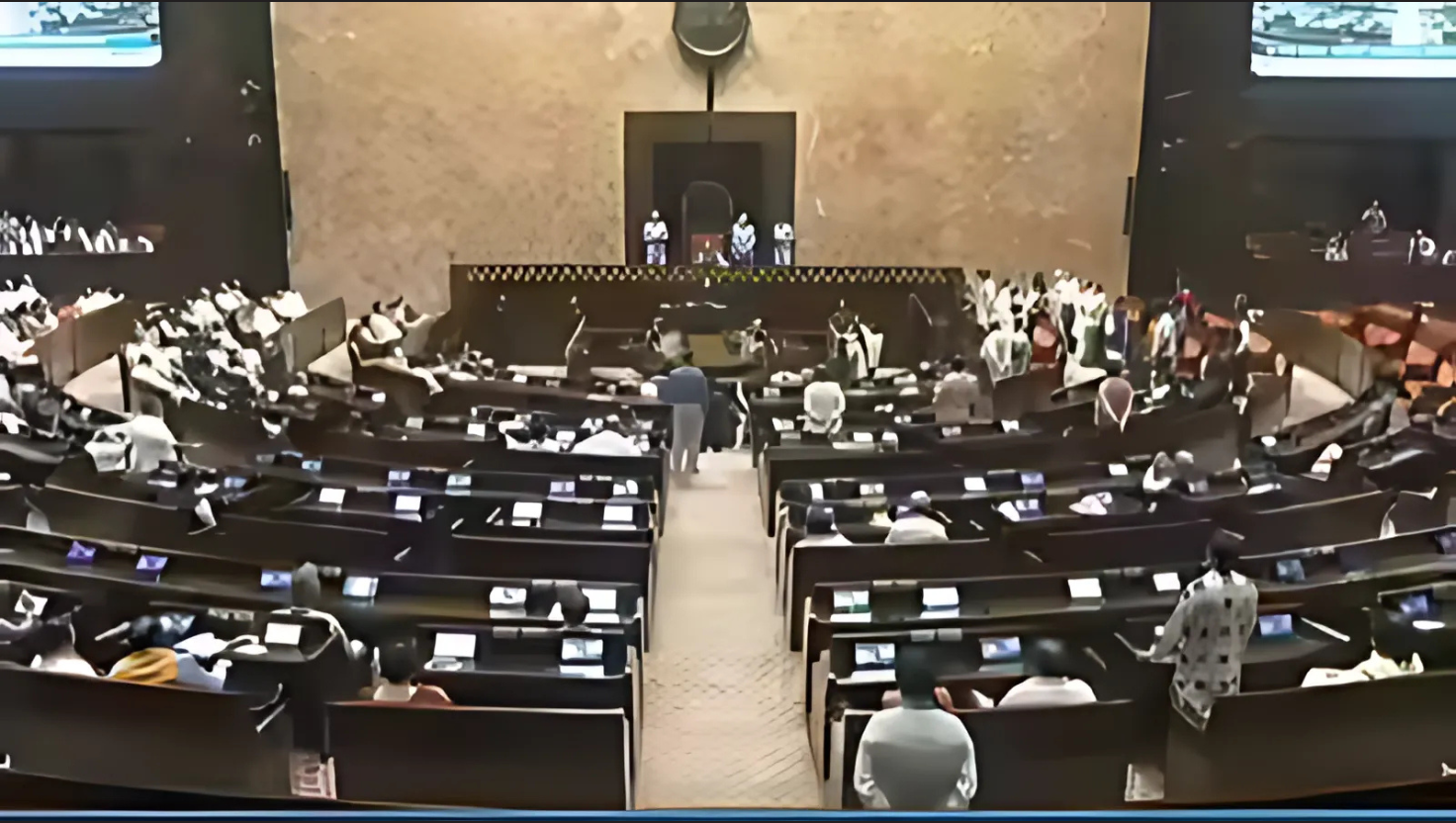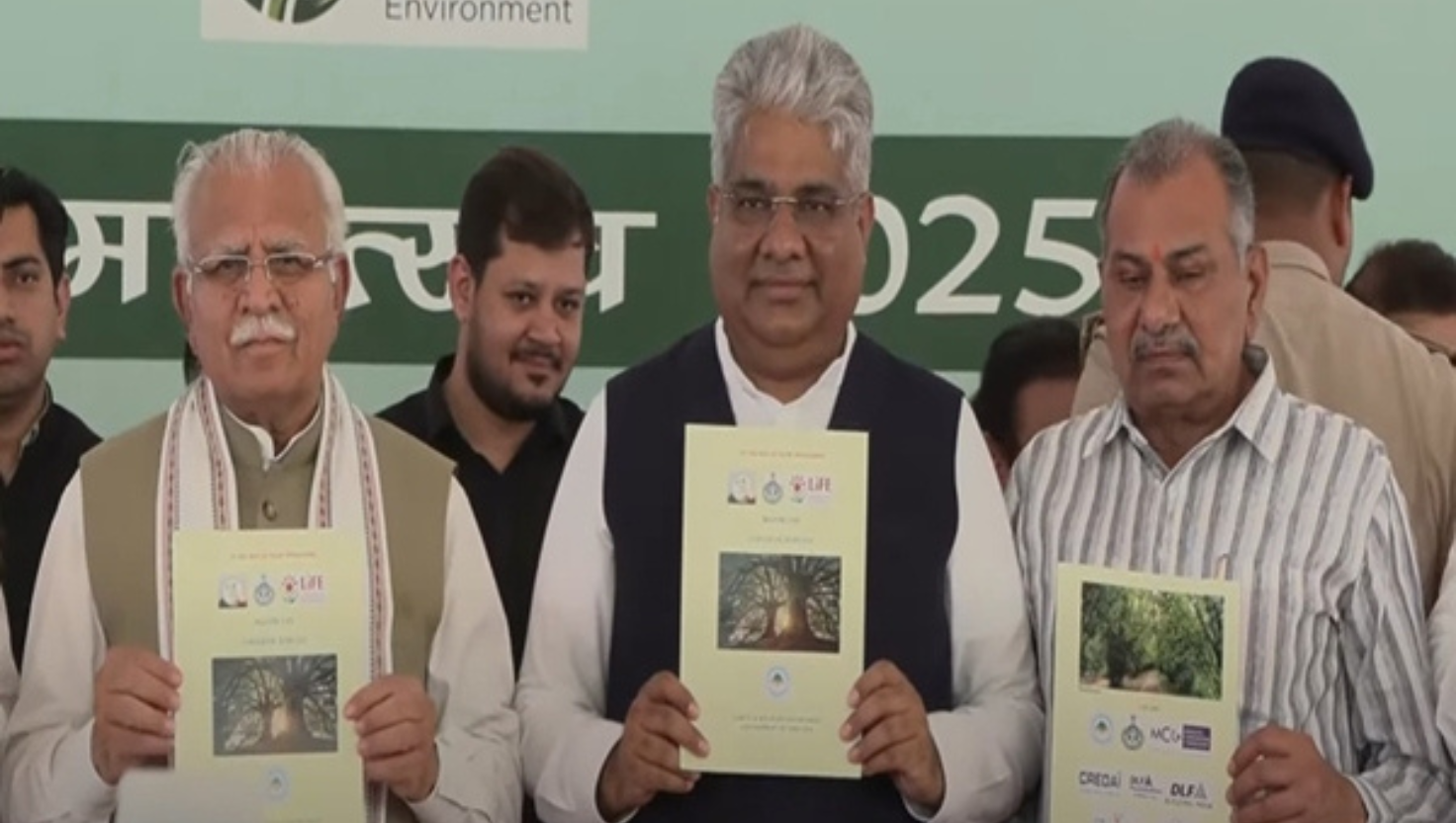Doha Amendment to the Kyoto Protocol (2012)
Syllabus: Environment & Climate Agreements (UPSC GS III)
Context:
The Doha Amendment marked the continuation of legally binding climate commitments by developed nations under the Kyoto Protocol framework. It defined the Second Commitment Period (2013–2020) and came into force on 31 December 2020 after years of delayed ratification.
What is the Doha Amendment?
Adopted at the COP18/CMP8 conference in Doha, Qatar (2012), this amendment extended the Kyoto Protocol by introducing new emission reduction targets for developed nations, bridging the gap until a broader global framework (i.e., the Paris Agreement) came into force.
Key Features of the Doha Amendment:
1. Second Commitment Period (2013–2020):
- Developed countries committed to reducing GHG emissions by at least 18% below 1990 levels.
- While 1990 remained the default base year, countries were allowed to use alternate base years.
2. Updated Annex B Country List:
- Annex B contains countries with binding emission targets.
- Notably, Canada withdrew, and Russia, Japan, and New Zealand did not take up new targets.
3. Wider Scope of Greenhouse Gases:
- Emission accounting now included Nitrogen trifluoride (NF₃).
- Continued tracking of CO₂, CH₄, N₂O, HFCs, PFCs, and SF₆.
4. Continuation of Kyoto Mechanisms:
- Market-based mechanisms like Clean Development Mechanism (CDM), International Emissions Trading (IET), and Joint Implementation (JI) remained operational and updated.
- These supported cost-effective mitigation and global participation.
5. Strengthened Adaptation Finance:
- The Adaptation Fund gained additional support through a 2% share from IET and JI proceeds, in addition to CDM.
- This aimed to support climate resilience in developing countries.
Legal and Procedural Aspects:
- The amendment required ratification by at least 144 Parties.
- Despite being adopted in 2012, it entered into force only in 2020 due to delays in ratification.
Limitations and Challenges:
- Major Emitters Not Bound: The U.S. never ratified Kyoto; China and India had no reduction targets, limiting global impact.
- Rising Emissions: Despite mechanisms, global GHG emissions kept increasing.
- Transition Phase: Focus shifted toward the more inclusive and flexible Paris Agreement and Nationally Determined Contributions (NDCs).
Conclusion:
The Doha Amendment kept the Kyoto framework alive during a critical transition phase in global climate governance. While participation was limited, it maintained the legal continuity of binding commitments and accountability. Its legacy highlights the challenge of aligning legal frameworks with evolving geopolitical and climate realities.











